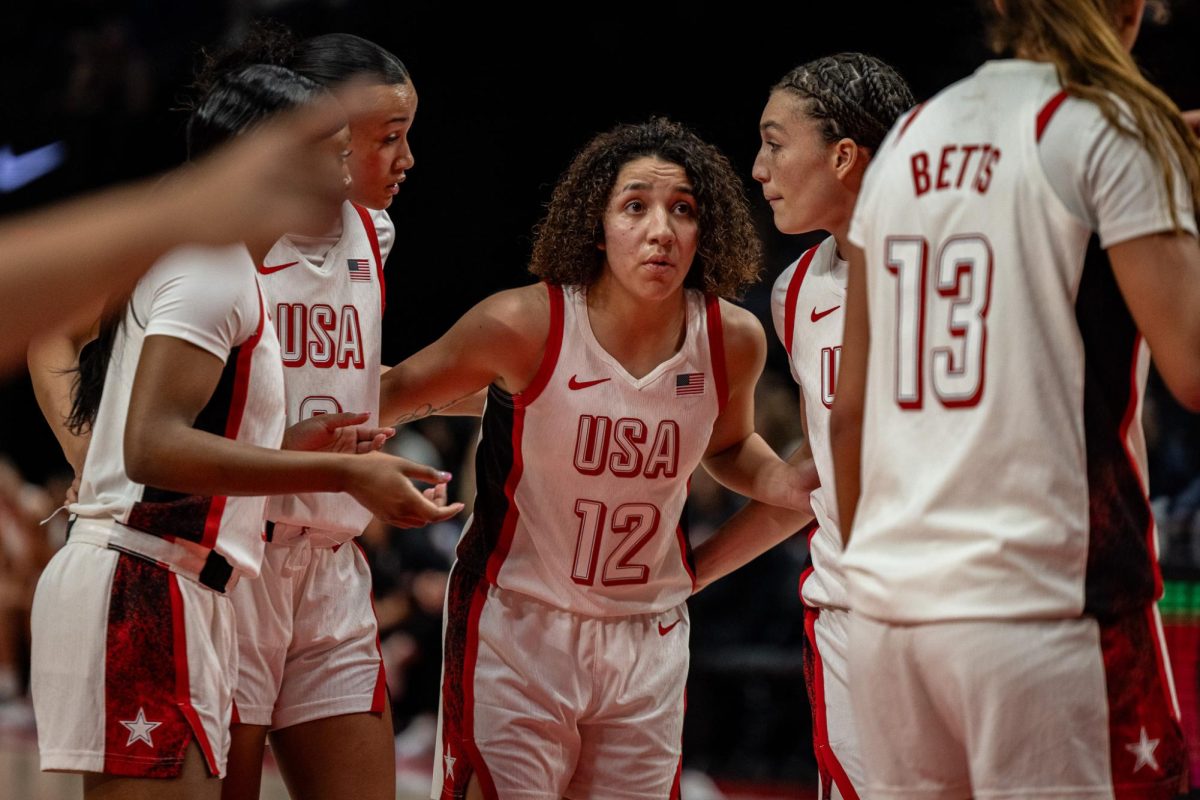The 2024 NCAA Tournament is here and most of the “Conference of Champions” will be watching from home.
While the Pac-12 produced many dominant women’s basketball teams this season — and will be well-represented in the women’s tournament — the men’s side of the conference had an unimpressive year in its final season.
Arizona and Washington State are the only locks to make the tournament. Barring a deep run from Colorado and/or Utah, or an unexpected Pac-12 Tournament Champion — which earns an automatic bid to the National Tournament — it can be expected that a maximum of three Pac-12 programs will be invited to the “Big Dance.”
So, most of the conference will be at home, filling out brackets with the rest of us.
Admittedly, being a Power 5 Conference and earning less than three spots in a 68-team tournament is embarrassing. The Conference of Champions missed in 2024.
But was the Pac-12 really that bad this year? Or, did a pattern from recent football seasons carry over into hoops? Or did the Pac-12 just get ignored and did the “East Coast bias” have a say in the conference’s sufferings?
There’ve been discussions, articles written, debates and memes about Pac-12 football “eating itself.” Essentially, the thought was that the conference was full of talented teams, but they were too good and beat each other — ruining playoff hopes and national accolade aspirations. Did that happen in hoops as well?
Basketball season is obviously longer than football season, and that means considerably more conference games. Within each team’s 20-game conference slate, they all lost at least four games. But, outside of the previously mentioned “locks”, every Pac-12 team suffered at least seven conference losses.
This isn’t an outrageous statistic. When looking at the Big Ten, 12 of its 14 teams have at least seven conference losses. In the Big 12, 11 of 14. In the Southeast Conference, eight of 14. And in the Atlantic Coast Conference, 13 of 15.
This statistic puts the Pac-12 right on par with these other stout conferences — which are all expected to have potentially double or triple the Pac-12’s number of NCAA Tournament teams.
Then where did the Pac-12 fall short?
How can we compare conferences and the talent they boast when the bulk of the season is conference games?
Well, we could look at the Pac-12’s non-conference record.
Surprisingly, the Pac-12 actually did pretty well when competing against other conferences.
The dozen teams’ non-conference records — Arizona (9-2), Arizona State (6-5), California (4-7), Colorado (9-2), Oregon (8-3), Oregon State (8-3), Stanford (5-5), USC (6-5), UCLA (5-6), Utah (9-2), Washington (8-3), Washington State (9-2) — combined for an overall record of 86-45 (.656%).
That’s not bad. But it doesn’t scream “powerhouse.” It’s certainly not good enough for a Power 5.
Unfortunately for the conference, when playing ranked non-conference games, the Pac-12 was a measly 6-11 (.353%). Arizona had half of those wins.
That’s where the conference fell short. The Pac-12 proved it can’t compete in games against legitimate opponents across the country. It was nice for the conference to have a decent non-conference record, but many of those games came against small schools that most people have never heard of. In the games that mattered, the Pac-12 fell short. And why would you fill the National Tournament with teams that have proven their inabilities to compete with the top dogs?
Was the conference bad? No. It was good. It just wasn’t good enough. It wasn’t too weak, but it wasn’t strong enough. In comparison to other Power 5 conferences, it was lacking — and the NCAA National Tournament’s bracket will reflect it. Maybe Arizona can make a run during March Madness and give the Pac-12 the glory that the other teams couldn’t earn.
And now — as the dissolution of the Pac-12 that we’ve all waited for becomes reality — ten of the conference’s dozen teams are set to join other Power 5 conferences while the Beavers and Cougars are left only with their memories of 15 combined Pac-12 Championships.
As for the other teams, it doesn’t get easier.
Arizona, Arizona State, Colorado and Utah are set to become new members of the Big 12, which boasted an incredible 147-34 (.812%) combined non-conference record.
Oregon, UCLA, USC and Washington will join the Big Ten, which had an impressive combined non-conference record of 117-37 (.760%).
California and Stanford will make the ironic and strangest move (frankly, it’s still astounding) to the Atlantic Coast Conference. The ACC had a respectable 119-46 (.721%) combined non-conference record in 2024.
Once a basketball gauntlet, the Conference of Champions fizzled out in its final year. It produced a forgettable basketball season in a time it needed to do everything it could to be remembered.















